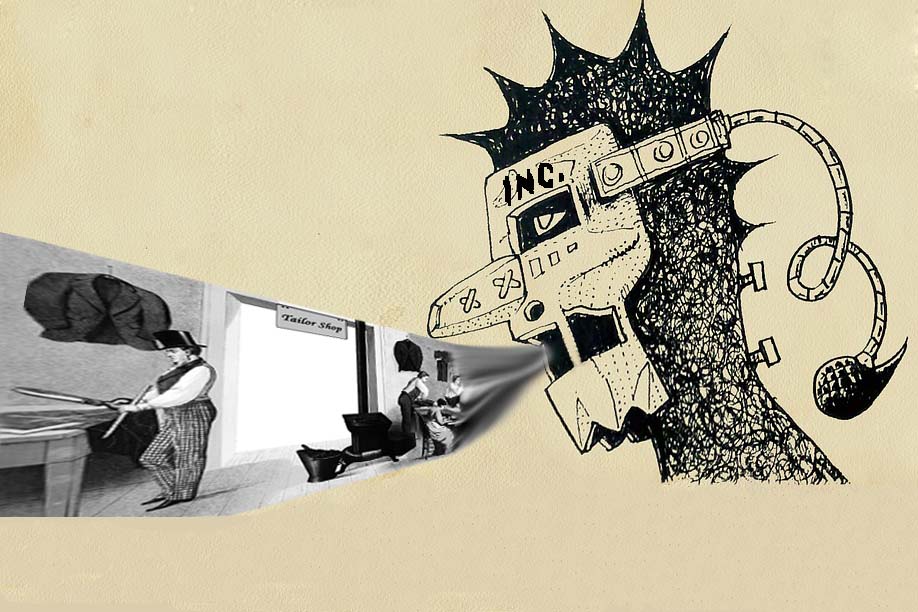How Consumerism Killed Fashion

The fashion industry used to be a platform for artists. Now it’s a corporatocracy.
"Clothes are like a good meal, a good movie…great pieces of music."
Fashion, with its emphasis on both the creative arts and tech, has long been considered a platform for the finer points of expression. It’s been a megaphone for the counterculture, a canvas for the savant, a schematic for the architect. Like music and dancing, fashion allows the designer to utilize different elements of the sensory experience to craft something that makes a point, that conveys a sentiment or inspires a vision.
But consumer culture killed all of that.
The clothing trade is as old as the earliest societies. It first took the most basic forms, like loincloths and blankets, serving to protect the human body from heat and cold. From there, the technology grew more advanced: some ingenious person(s) invented the loom, and the first fibers were produced to create more durable, and more aesthetically beautiful pieces of clothing. Clothes makers began experimenting with different designs for use in ceremonies and rituals. Centuries later clothes design was still treated as a craft, with the same emphasis on the quality of the fibers, practicality in design and attention to detail.
Fast forward to 2016. Fashion is global and commercial; style trends are decided by data. In the place of artisans are celebrities that sell their name to department stores to pair with designs that change with the week. Intrinsic value is manufactured; cash is king. This is largely the current state of fashion: “the pursuit of profitable styles by multinational conglomerates.”
It all really changed during the economic boom of the late 1980s, which saw Reaganomics, cocaine and the glamorization of the stock market. Companies grew bloated with stock value and merged, buying and fucking each other until those left standing had grown exponentially in power. The corporate model took bottom-line thinking to its fullest and soon every company in the U.S. was examining which jobs could be outsourced.
Management jobs, with their emphasis on higher level education, were kept in the developed world. In the countries that were rapidly developing, including the powerhouse in China, taxation was lowered to encourage foreign business. Manufacturing sectors opened up and people flooded from rural areas to get these new manufacturing jobs in the city, where you didn’t need a formal education to work but you didn’t have any protections, either.
From there fast fashion took off, and in the 21st century companies now have algorithms for how quickly a style will stay in vogue. Soul and inspiration have been reduced to whichever features are in style and how long they will continue to make money. When a brand name has completely lost its investment value, its dropped to the next highest bidder. You can see now how “fast fashion” came to be a fitting name for this industry.
All is not lost, but to get to a place where we are proud to design, purchase and wear our clothes again we must examine all of the negative impacts of this model.
Next week, we will start this process with an examination of how corporations treat the people that make their clothes.

Leave a comment